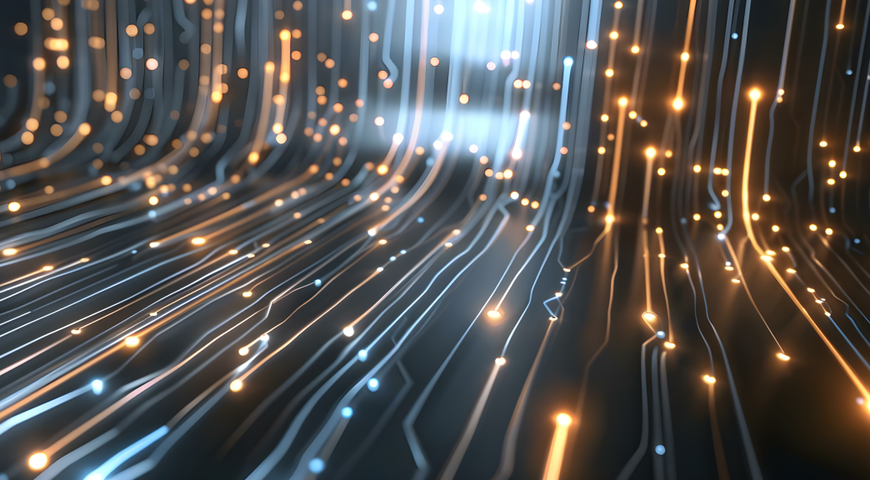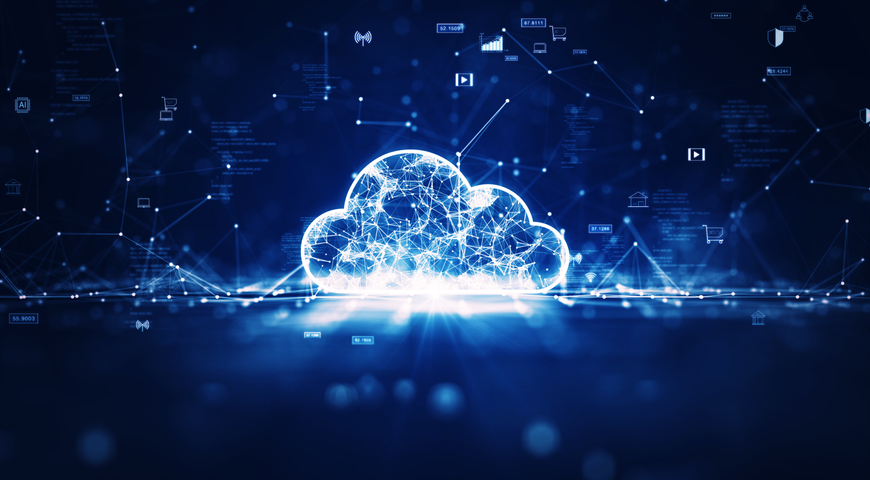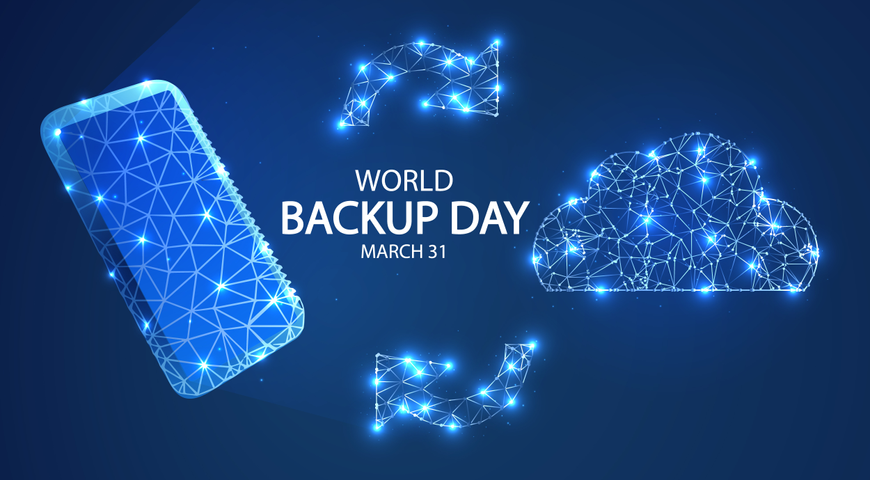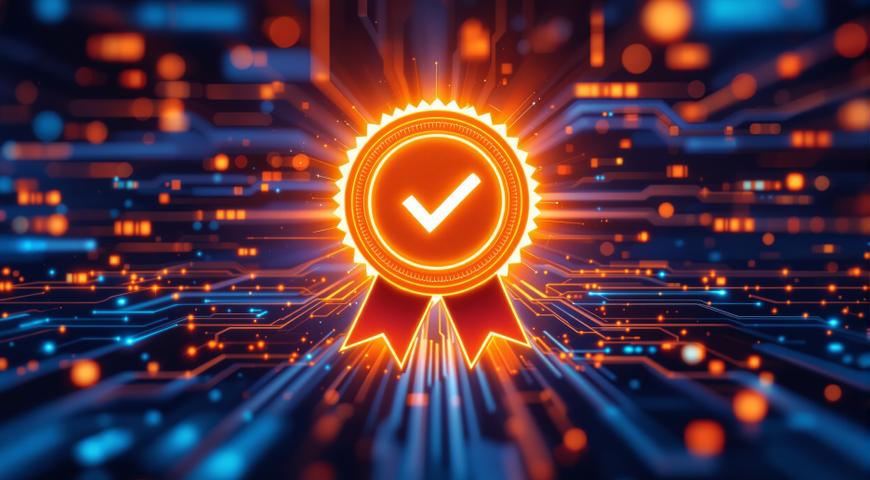Here we are at the end of another year, and what a year it was. Twelve months ago we made predictions for the year ahead – let’s see how we did.
Ransomware
Ransomware dominated the news for the better part of the year. Just like the year before, tens of thousands of people and organizations fell victim to a number of ransomware attacks in 2017. And while we knew the intensity of attacks would increase, the easy and speed with which cyber criminals were able to infect hundreds of thousands of computers around the world came as a shock.
With the arrival of WannaCry, ransomware acquired a public face, attacking critical infrastructure and thousands of devices. WannaCry used a recently discovered vulnerability in Server Message Block (SMB) file-sharing protocol to spread itself across the network, carving a path of destruction around the world almost instantly. The attack started on a Friday. By Saturday, thousands of bank ATMs, electronic billboards, and server room monitors were flashing WannaCry’s red-screened demand for ransom. In the end, more than 300,000 computers had to be cleaned up, re-installed, or recovered from backup.
Luckily, computers running Acronis backup software with Acronis Active Protection remained unharmed. Acronis entered the new year prepared, releasing the world’s first active protection against ransomware in January. The technology automatically saved thousands, if not millions, of devices from damaging ransomware attacks. Acronis Active Protection proved so effective that we accelerated the planned rollout and incorporated it into the entire range of Acronis data protection products.
A month after WannaCry, the world was hit with another wave of ransomware. NotPetya used a similar distribution method as WannaCry and had the capacity to extract network credentials out of the machine’s running memory, allowing it to move easily through networks to infect other machines. It crippled many large organizations, costing millions in damage, and leaving many without IT support; they had to rely on mobile messenger apps for communications.
What was soon realised was that NotPetya wasn’t interested in any sort of ransom. Unlike previous ransomware variants that included ways to recover data after paying a ransom, NotPetya was designed as a “wiper”. Its sole purpose was to destroy data. There was no way to get your data back – unless you could restore it from backup.
Since these two attacks received prime news coverage worldwide, we thought that our prediction that “even your mom will have an idea of what ransomware is about” by the end of 2017 was spot on. But we were wrong.
In August Acronis conducted our Global Data Protection Survey, which revealed that most people still never heard about ransomware – despite global media coverage of WannaCry and NotPetya. Then the Bad Rabbit ransomware attack hit in October, which only confirmed the public hadn’t taken preventative steps.
While IT admins were busy patching computers with the latest updates, Bad Rabbit went back to the basics. It infected some popular news websites and prompted users to download software in order to view content. Needless to say, the downloaded software contained ransomware, so thousands of people blindly infected their own computers, which launched another wave of attacks.
While our prediction that 2017 would be another year of ransomware was right, it is evident that news reports are not enough to adequately raise public awareness. As attacks continue and ransomware becomes more sophisticated, we need to do more than just educate people.
We’ll continue enhancing Acronis Active Protection so everyone can benefit from the machine learning (ML) and artificial intelligence (AI) solution. That way even if a user makes a mistake, their system is guarded by technology that is already protecting more than 5 million consumers and half-a-million business users.
Artificial Intelligence
A little more than a year ago, we started talking about ML and AI as a way to improve data protection technology and simplify data management tasks. We were already planning the release of Acronis Active Protection 2.0, which includes powerful AI methods to recognize new ransomware variants and protect customer data. In less than a year, Acronis built one of the best teams in the industry. In fact, the person who developed the Eugene Goostman bot, an AI robot that passed the Turing Test, is now part of Acronis’ global R&D team.
A year ago we suggested that AI-powered technology would gain momentum in 2017, but again, we didn’t expect the scale and the speed with which AI-driven solutions would penetrate every industry. It was quiet a year ago, but today it’s part of every organization dealing with data.
The widespread adoption of AI technology brought about some ethical concerns. Driverless cars, drones, AI-driven applications and the potential to affect the world’s economies, citizens, and the internet has raised a philosophical question of whether AI is going to change the world for better or worse.
This debate has people like Tesla’s Elon Musk saying on one hand that AI will be a threat to people, and then we learn that Tesla is working on its own autopilot AI chip. The conflicting messages are typical given the AI rush that the industry is experiencing this year.
We stand at the threshold of an exciting time. As this AI fever swirls around the industry, Acronis will listen to the debate, while we focus on using AI to better secure and protect our customers’ data.
Blockchain
When talking about blockchain, we can’t avoid Bitcoin and its recent hyper-growth. For Bitcoin fans it’s the new digital gold. For Bitcoin deniers, it’s a bubble that’s bound to burst. We’ll leave that discussion to the currency experts.
What is undeniable, however, is that Bitcoin has proved (and promoted) the benefits and reliability of the underlying distributed ledger technology, or blockchain.
There was a lot of hype around blockchain in the last few years. This year, as we predicted, the hype subsided and real-world projects began hitting the market. The Australian Commonwealth Bank and Wells Fargo claimed their first interbank blockchain trade. The Australian Securities Exchange (ASX) became the first stock exchange to adopt blockchain for clearing and settlement (although they surprisingly avoided using the word blockchain, and instead stuck to a technical definition, distributed ledger technology).
Acronis made a lot of headway in this area too. The innovative Acronis Notary and Acronis ASign blockchain solutions launched a year ago, becoming an integral part of our data protection product line. Since then, Acronis processed more than half a million notary transactions, certifying customers’ data and giving them an ability to verify its integrity in the future.
Finally, any blockchain discussion has to mention the impact of Initial Coin Offerings (ICO). In 2017 there were more than 230 ICOs, which raised far more funds than from traditional venture capitalists in the blockchain space. A number of highly publicized ICO scams also revealed a lack of industry regulation and the need for training and public education.
Hybrid Cloud Architecture
This year Acronis moved its entire product line to a common hybrid cloud platform in order to help customers and service providers deal with the changing hybrid IT environment.
There is a good reason why we made the move. Cloud-based services can streamline certain business operations, but make managing different environments more complex. Many businesses now have to manage two different environments – on-premises and cloud – and make them work as one.
The mass migration to the cloud is another thing we mentioned last year – it’s just common sense since cloud-based services are accessible, scalable and affordable. They’ve also become a necessity to many modern-day businesses. Cloud-based file sync and share solutions have become the default for sharing information. Cloud-based storage is used by businesses and consumers for archiving. Cloud-based computing often comes to the rescue when desktop applications are not available.
After adopting cloud-based solutions, however, many businesses suddenly realised that they have two separate environments, both of which are vital and need to be kept secure.
Whether the infrastructure is large or small, managing hybrid IT can be a challenge, especially when there is more data to protect and fewer resources to protect it. This is where Acronis comes to the rescue.
Acronis’ hybrid cloud architecture is unique because it does not discriminate between on-premises and cloud environments. Data protection solutions that are based on Acronis hybrid cloud architecture treat all workloads and all environments the same. On-premises data can be restored in the cloud and vice versa. In fact, products like Acronis Backup 12.5 can be used as a migration tool between different environments.
Hybrid cloud architecture also gives users full control over where they keep their protected data, which is critical in geographies that have strict data sovereignty regulations. With Acronis, customers are always in control.
This year’s developments exposed the need for robust hybrid IT management tools. When it comes to data protection, Acronis is ahead of the curve so our partners and service providers are leading the market in this area. Acronis is committed to supporting them with regular software updates and professional services.
GDPR
The topic of GDPR deserves a separate article because of its importance and far-reaching implications – not only for European businesses, but for any global companies dealing with European customers.
Last year GDPR was only mentioned briefly because there were unanswered questions and uncertainties about the new regulation. Today, as the urgency mounts and the threat of hefty fines for non-compliance becomes real, it’s clear what needs to be done – and there are only five months to do it!
As an industry-leading vendor in data protection, disaster recovery and storage, Acronis has some unique perspectives on the implications of GDPR on end-users, businesses and service providers. With resource articles, webinars, and training, we show how Acronis solutions can help businesses to ensure GDPR compliance and at the same time open new revenue opportunities for service providers addressing this target market.
Formula 1 / Scuderia Toro Rosso
We had a fun year with our Formula 1 sports racing partner, Scuderia Toro Rosso, running numerous events for IT and sports media, as well as our partners.
The highlight of this year was when Toro Rosso began using Acronis Access Advanced for remote file sharing. It automated how they shared sensitive data with remote engineers and third party contractors without compromising security. Toro Rosso also supported Acronis during our major product launches such as Acronis True Image 2018 and Acronis Backup 12.5.
When the year started, there was excited anticipation for the new STR12 car, and we were ready to support the team on the racetrack. Then the season brought several unexpected surprises, as the team changed the drivers during the second half of the season, finishing the year with a completely new line-up and a new engine deal for next year.
Just as Toro Rosso is now adapting and designing its new car using the telemetry data collected during the season, Acronis is preparing our new products using customer feedback. After all, the challenges of data protection have undergone dramatic changes and a new approach is needed for the future. Like Toro Rosso, Acronis is all about innovation.
Easy backup, AI-powered ransomware protection, and blockchain-based data certification are combined into a single solution that offers complete data protection. Whether you’re a big business preparing for GDPR, a home office securing your files, or a family looking after digital memories, Acronis has an innovative solution to ensure your data is always safe.
About Acronis
A Swiss company founded in Singapore in 2003, Acronis has 15 offices worldwide and employees in 50+ countries. Acronis Cyber Protect Cloud is available in 26 languages in 150 countries and is used by over 21,000 service providers to protect over 750,000 businesses.



